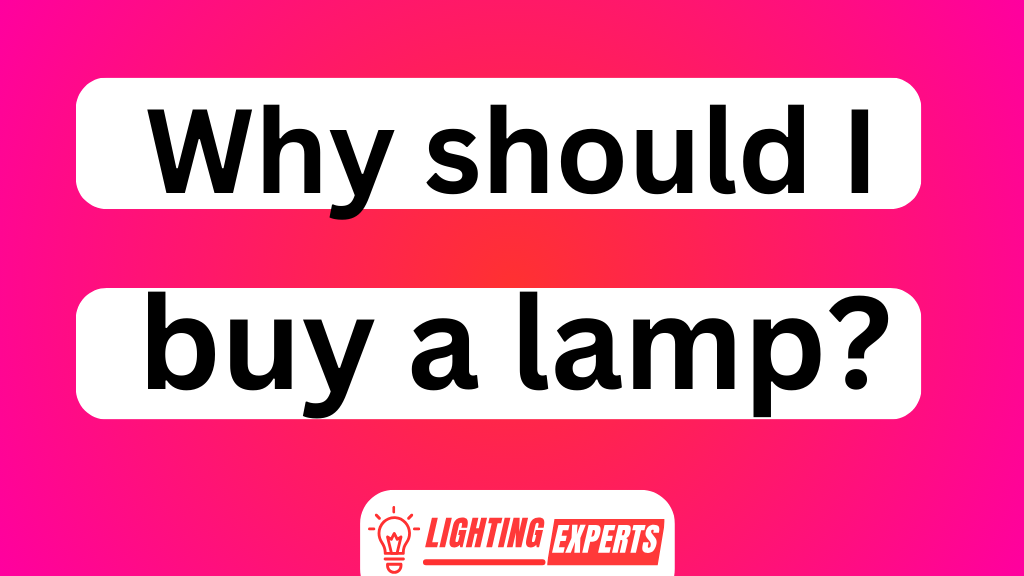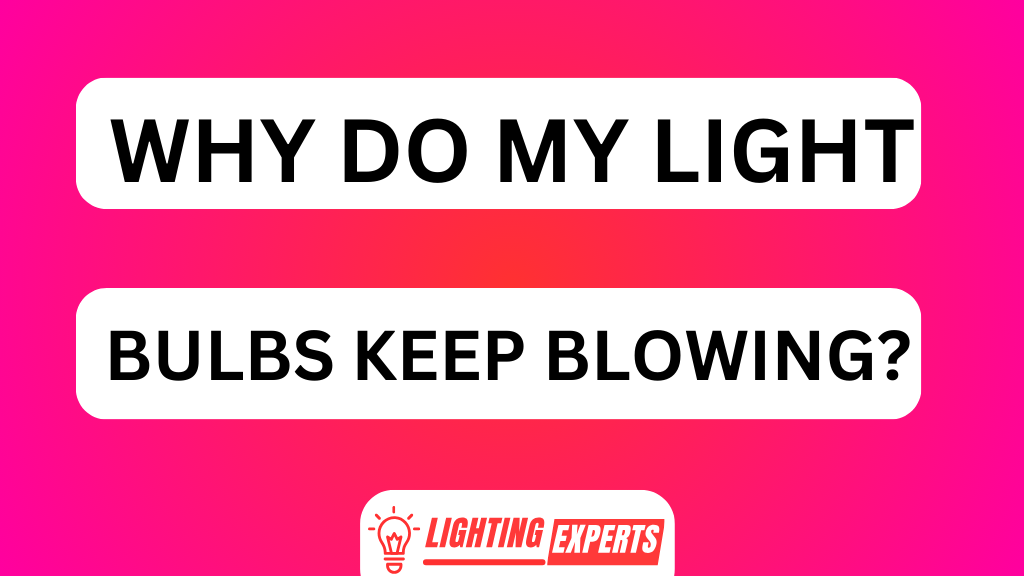As avid chicken keepers ourselves, we understand the importance of providing our feathered friends with optimal living conditions. That’s why we often find ourselves asking the question: Do chickens need a heat lamp at night?
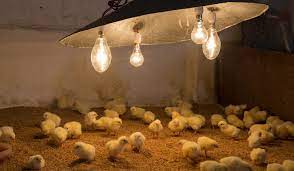
In this article, we’ll delve into the natural adaptability of chickens and explore the factors that affect their temperature needs. We’ll also discuss alternative ways to keep chickens warm without relying on a heat lamp.
So sit back, relax, and let us shed some light on this poultry predicament.
The Natural Adaptability of Chickens of Do Chickens Need a Heat Lamp at Night
Chickens don’t typically require a heat lamp at night due to their natural adaptability. They have remarkable abilities to regulate their body temperature and adjust to various weather conditions. They are equipped with feathers that act as insulators, helping to keep them warm in colder temperatures. Additionally, chickens have a unique behavior known as ‘fluffing up,’ where they raise their feathers to create an air pocket that traps warm air close to their bodies.

This natural adaptation allows chickens to maintain a comfortable body temperature even in chilly environments. By understanding the importance of insulation, we can ensure that our chicken coop provides adequate protection against extreme cold temperatures. Insulation helps retain heat within the coop and prevents drafts from entering. It is crucial for ensuring the well-being and health of our feathered friends during colder nights when external heat sources may not be necessary.
Understanding the Importance of Insulation
When it comes to keeping chickens safe and healthy in cold weather, insulation for their coops is of utmost importance. Insulation acts as a barrier against the harsh elements, helping to maintain a comfortable temperature inside the coop and protecting the birds from extreme cold.
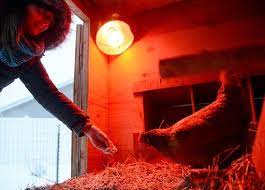
Properly insulating chicken coops not only ensures the well-being of our flock during winter months but also helps to prevent common issues such as frostbite and respiratory illnesses.
Insulation for Chicken Coops
Although it’s important to consider insulation for chicken coops, determining the right amount can be challenging. Proper insulation is crucial to keep chickens comfortable and protected from extreme temperatures. Here are three effective and cost-efficient options for insulating your coop:
1) Fiberglass insulation: This type of insulation comes in rolls or batts and provides excellent thermal resistance. It is easy to install and helps maintain a consistent temperature inside the coop.
2) Reflective foil insulation: This option reflects radiant heat away from the coop during hot summers, keeping it cooler inside. It also acts as a barrier to retain warmth during colder months.
3) Straw bales: Using straw bales around the perimeter of the coop can provide additional insulation. They create an extra layer of protection against cold drafts and help retain heat generated by the chickens.
Consider these insulation options when deciding how to best protect your flock while maintaining a cost-effective solution for your chicken coop.
Cold Weather Protection
To ensure the comfort and well-being of your flock during cold weather, it’s important to provide adequate insulation in their coop. Proper chicken coop design plays a crucial role in protecting your chickens from the harsh winter conditions.
Insulating the walls and roof of the coop helps trap heat inside and keeps out drafts. Additionally, sealing any gaps or cracks will prevent cold air from seeping in.
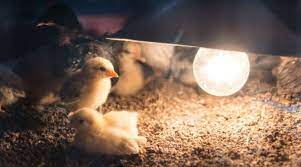
Alongside insulation, implementing effective winter feeding strategies is essential. Feeding your chickens a balanced diet rich in nutrients will help them generate body heat to stay warm. Providing extra feed during colder months can also help maintain their energy levels.
As we move on to evaluating the temperature needs of different chicken breeds, it’s important to remember that each breed has its own unique requirements for warmth and comfort during winter months.
Evaluating the Temperature Needs of Different Chicken Breeds
When it comes to keeping chickens, understanding their breed-specific temperature requirements is crucial. Different chicken breeds have different tolerances when it comes to extreme temperatures, so it’s important to provide the appropriate conditions for their well-being.
This raises the question of whether or not a heat lamp is necessary, as some breeds may require additional warmth during colder periods.
Breed-Specific Temperature Requirements
You should consider the breed-specific temperature requirements when determining if your chickens need a heat lamp at night. Different chicken breeds have unique adaptations to various climates and temperatures. Here are three factors to consider:
- Feather density: Some breeds, like the Orpington, have thick feathers that provide excellent insulation against cold weather. They can withstand lower temperatures without needing additional heat sources.
- Comb size: Chickens with larger combs, such as the Leghorn, are more susceptible to frostbite in colder temperatures. These birds may benefit from a heat lamp during chilly nights to prevent any harm to their combs.
- Origin of the breed: Chicken breeds originating from colder regions, like the Wyandotte or Plymouth Rock, tend to be more tolerant of low temperatures compared to breeds from warmer climates.
Understanding these breed-specific adaptations will help you make informed decisions when winterizing your chicken coop and deciding whether or not to use a heat lamp at night for your chickens’ comfort and well-being.
Heat Lamp Necessity?
Considering the breed-specific temperature requirements is crucial in determining whether a heat lamp is necessary for your chickens at night. When evaluating heat sources for your coop, it’s important to weigh the pros and cons of using a heat lamp.
One advantage is that it can provide a consistent source of warmth during cold nights, ensuring that your chickens stay comfortable and healthy. Additionally, a heat lamp can help prevent frostbite and other cold-related issues. However, there are also disadvantages to consider.
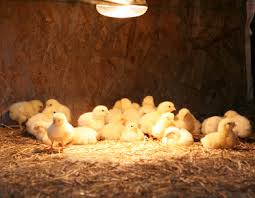
Heat lamps can be a fire hazard if not properly installed or monitored, posing a risk to both your chickens and your property. They can also cause stress or overheating if the temperature becomes too high. Therefore, before deciding on using a heat lamp for your chickens at night, it’s essential to consider various factors such as coop insulation, chicken age and health, and local climate conditions.
In order to make an informed decision about whether or not to use a heat lamp for your flock at night, factors such as coop insulation, chicken age and health status, and local climate conditions must be taken into consideration. By evaluating these factors carefully, you will be able to determine whether utilizing a heat lamp is necessary to ensure the well-being of your feathered friends throughout the colder months.
Remember that while providing supplemental warmth may be beneficial in some cases, it’s important not to rely solely on artificial heating sources. Chickens are naturally equipped with their own mechanisms for regulating body temperature, and excessive reliance on external heat sources could hinder their ability to acclimate to changing weather conditions over time.
Factors to Consider Before Using a Heat Lamp
It’s important to evaluate certain factors before deciding to use a heat lamp for chickens at night. While a heat lamp can provide warmth and comfort, there are alternative ways to keep your feathered friends cozy.
Here are three factors to consider:
- Temperature: Assess the average nighttime temperatures in your area. If they consistently drop below freezing, a heat lamp may be necessary. However, if the temperature only dips slightly, other methods like insulating the coop or using heated pads may suffice.
- Safety: Take into account the potential fire hazards associated with heat lamps. Ensure proper installation and positioning of the lamp to prevent any accidents or injuries.
- Natural Adaptation: Consider allowing your chickens to acclimate naturally to changing temperatures. Gradually reducing dependence on artificial heating can help them develop their own ability to regulate body temperature.
Alternative Ways to Keep Chickens Warm at Night
There are several alternative methods to keep chickens warm at night without relying on electricity. One effective option is using straw bales for insulation. Straw bales can provide excellent insulation for chicken coops, helping to retain heat and keep the birds cozy during colder nights. By placing the straw bales around the exterior walls of the coop, you create a barrier that helps trap heat inside and prevent drafts from entering. This natural and affordable method not only keeps your chickens warm but also reduces the need for additional heating sources, saving energy and money in the process.
Here is an example of how you can arrange straw bales around your chicken coop:
| B | ||
| A | C | D |
| E |
In this diagram, the letters represent different sides of the chicken coop, with side C being where the entrance is located. Placing straw bales along sides A, B, D, and E creates a protective barrier against cold temperatures, providing insulation for your feathered friends. Remember to regularly check and replace any damp or moldy straw to ensure a healthy environment for your chickens.
Signs of Distress in Chickens and How to Address Them
Now that we’ve discussed alternative ways to keep chickens warm at night, let’s focus on signs of distress in our feathered friends and how to address them.
It’s important to be able to recognize when our chickens are experiencing discomfort or suffering from any health issues. Here are three key signs of distress to watch out for:
- Abnormal behavior: If you notice your chickens acting lethargic, not eating or drinking, or isolating themselves from the flock, it could be a sign of distress.
- Physical symptoms: Keep an eye out for visible signs such as abnormal droppings, difficulty breathing, swollen eyes or wattles, or feathers appearing ruffled.
- Changes in egg production: A sudden drop in egg production can indicate stress or illness.
If you observe any of these signs, it’s crucial to take prompt action. Consult a veterinarian who specializes in poultry health for proper diagnosis and treatment options.
Frequently Asked Questions
How Do Chickens Naturally Adapt to Cold Temperatures at Night?
Chickens naturally adapt to cold temperatures at night through their natural adaptation and cold tolerance. They have developed features like feathers, a thick layer of fat, and the ability to fluff their feathers to trap heat close to their bodies.
What Are Some Common Signs of Distress in Chickens and How Can They Be Addressed?
Signs of distress in chickens include excessive feather loss, lethargy, and decreased appetite. These can be addressed by providing a clean and comfortable environment, proper nutrition, and regular health checks.
Are There Any Alternative Ways to Keep Chickens Warm at Night Besides Using a Heat Lamp?
Alternative heating methods for chickens at night include heated pads, deep bedding, and insulated coops. These options have their pros and cons. We can compare these alternatives to determine the best way to keep our chickens warm and comfortable.
How Can the Temperature Needs of Different Chicken Breeds Be Evaluated?
When evaluating the temperature needs of different chicken breeds, it is important to consider their natural habitats and adaptability. By observing their behavior, feather thickness, and overall health, we can determine suitable conditions for optimal comfort and well-being.
What Factors Should Be Considered Before Deciding to Use a Heat Lamp for Chickens at Night?
Factors and considerations should be evaluated before deciding to use a heat lamp for chickens at night. It is important to assess the temperature, breed, age, health, and housing conditions of the chickens to ensure their well-being.
Conclusion
In conclusion, it’s important to prioritize the well-being of our feathered friends.
Chickens are remarkably adaptable creatures. They can withstand cold temperatures without the need for a heat lamp at night.
By ensuring proper insulation in their coop, understanding the temperature needs of different breeds, and providing alternative methods of warmth, we can keep our chickens comfortable and healthy.
Remember, happy hens lay better eggs! So let’s give our clucky companions the care they deserve and watch them thrive.
After all, “A happy hen makes for a sunny disposition!”

